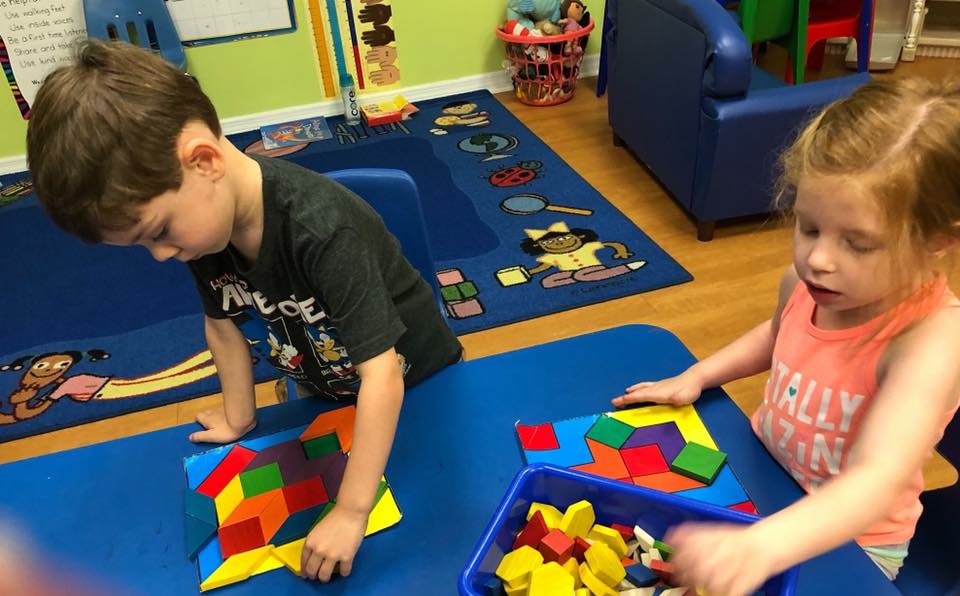Do Children Benefit from Attending Childcare Centers?
Childcare centers are often seen as mere conveniences for busy parents, but their impact on child development is profound and multifaceted. Our Center, Lake Mary Childcare is a critical environment where children not only receive care but also experience significant growth across various developmental domains. Here’s an expanded exploration of the benefits children gain from attending childcare centers:
1. Behavioral Advancement: The notion that childcare centers might foster negative behavior in children is a misconception. On the contrary, extensive research indicates that children who are enrolled in daycare demonstrate fewer behavioral issues. More importantly, they acquire essential social skills, such as forming friendships and navigating social interactions, which are invaluable throughout life.
2. Cognitive Development: Lake Mary Childcare offers a structured setting that is rich in educational stimuli, contributing significantly to a child’s cognitive growth. The early exposure to learning activities in these settings helps children develop critical thinking skills, emotional regulation, and effective communication. These foundational skills are not only crucial for academic success but also for overall well-being.
3. Academic Readiness: A robust body of evidence links attendance at formal childcare programs with enhanced reading and mathematical abilities by the age of five. This correlation underscores the role that structured early education plays in preparing children for the academic challenges ahead, giving them a head start compared to their peers who may not have had the same opportunity.
4. Social and Emotional Growth: The socialization that occurs within childcare settings is a cornerstone of early childhood development. Children learn to express themselves, resolve conflicts, collaborate with others, and navigate a variety of social situations. This early practice in a supportive environment is instrumental in preventing separation anxiety and fostering emotional resilience.
5. Understanding Structure & Routines: Regular attendance at a daycare center accustoms children to routines and schedules, which are vital components of cognitive development. Adherence to a routine reinforces positive behaviors, establishes regular sleep patterns, and promotes healthy habits such as personal hygiene and self-care.
6. Community Participation: Beyond individual benefits, childcare centers serve as gateways for families to engage with their local communities. They provide opportunities for parents and children to form connections, build networks, and participate in community events, thereby enriching the social fabric of their neighborhoods.
7. Exposure to Diversity: In childcare settings, children are exposed to a diverse range of cultures, languages, and backgrounds. This early exposure to diversity fosters inclusivity and teaches children to appreciate and respect differences from a young age, shaping them into well-rounded individuals.
8. Enhanced Communication Skills: Interaction with peers and adults in a childcare environment enhances a child’s verbal and non-verbal communication skills. Through daily interactions, children learn to articulate their thoughts, understand others, and develop an awareness of the nuances of communication.
9. Physical Development: Many childcare centers incorporate physical activities into their daily routines, promoting motor skill development and overall physical health. Activities like running, jumping, and playing games help children develop coordination, strength, and endurance.
In summary, childcare centers are instrumental in laying a solid foundation for a child’s future. The immediate and long-term benefits of such an environment extend beyond mere supervision; they encompass nurturing and educational experiences that catalyze a child’s growth in every aspect. High-quality childcare centers, like Lake Mary Childcare, are not just a support system for working parents but a launchpad for the next generation’s leaders, thinkers, and innovators.










